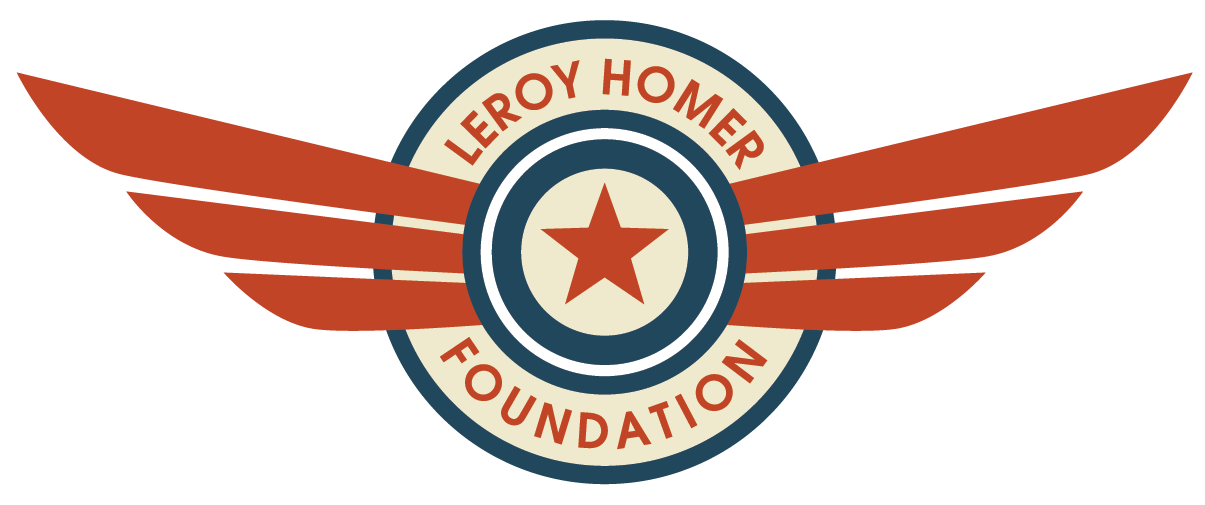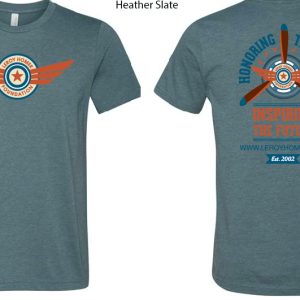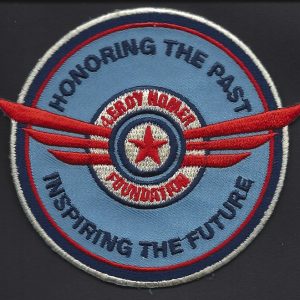Navy Advanced Jet Training
In order to become a fixed-wing, carrier-based Naval Aviator, the Student Naval Aviator (SNA) must go through several years of training. After finishing Aviation Preflight Indoctrination (API) in Pensacola Florida and Navy primary flight training in the T-34C Turbo Mentor or T-6 Texan II, students who select “Tailhook” move on to Advanced Jet training in Meridian, Mississippi or Kingsville, Texas.
After finishing primary flight training in Corpus Christi, TX, I moved to Meridian to fly the T-45C Goshawk at VT-9. The advanced jet training squadrons are responsible for training both US Navy and Marine Corps carrier pilots, as well as pilots from other nations such as France, England, Spain, Italy, India, and other countries. The entire strike syllabus takes a little over a year to complete, although some students leave halfway through to train to fly the E-2C Hawkeye and C-2 carrier delivery plane, both of which also “trap” onboard the carrier.
The Goshawk is a carrier-modified version of the British BAe Hawk jet trainer, with a tailhook, beefier landing gear, speed brakes, and other modifications for our Navy’s training requirements. The syllabus is divided into two phases. The first phase consists of instrument flying (and cross country flights!), familiarization flights, formation flights, night fams, and field carrier landing practice. Phase Two is all of the fun stuff: low level navigation (400 mph at 500 feet), weapons (dropping 8 practice bombs at a target), tactical formation and air combat maneuvering (dogfighting), night formation flights, and last but not least, “the boat.”
At the end of August, I will be flying from the coast of Jacksonville, FL to land on the USS George HW Bush (CVN-77), the Navy’s newest aircraft carrier. The first time students go out to the carrier, they fly there solo with an instructor lead. During two or three days of carrier qualifications, the student will make ten arrested landings and catapult shots on the ship. Throughout our training, we complete hundreds of practice field carrier landings before we go to the boat so students are ready when the time comes. However, this is one of the most thrilling and fun parts of Naval Aviation and it cannot be replicated in any other way.
After finishing training over the next two months, I hope to earn my wings of gold and return to my hometown of Virginia Beach, VA to train at NAS Oceana. VFA-106 is the East Coast fleet replacement squadron (FRS) for the F/A-18 Legacy and Super Hornet. After the FRS, I’d like to join a fleet squadron in Japan or in Virginia Beach and will most likely deploy soon thereafter.
FLY NAVY!
LTJG Mike Scott, USN





Pingback: India Shifts To The East | MaritimeSecurity.Asia
Fabulous, what a web site it is! This blog presents valuable information to us, keep it up.
Pingback: Douglas Pitassi